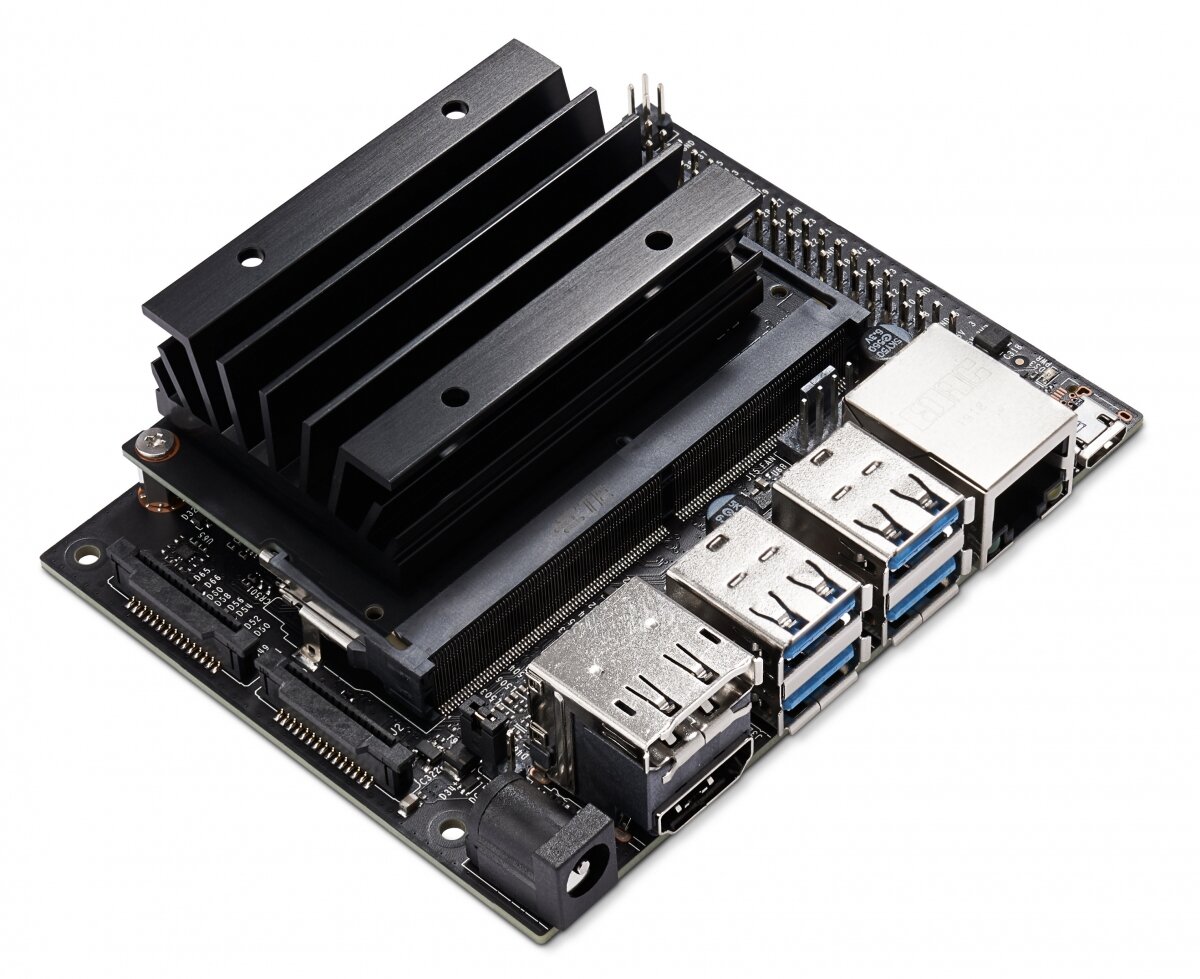What Is Edge Computing?
What Is An Edge Computer?
In a single sentence, edge computing is a computing method which brings storage and computation closer to the location where it is needed.
For example, suppose we have some sort of bandwidth-heavy data, like a video feed, that is monitoring a parking lot to count vehicles entering and exiting.
In a situation without edge computing, the video data would need to be transmitted to a server which in turn would process the video feed and count the cars. This means there is heavy bandwidth usage due to the transmission of the video data.
Edge computers can be used to analyze video data in real time, without the need for transmission.
With edge computing the video feed would go directly into a local piece of hardware (an edge computing device) which would count the cars, and the count would be transmitted. In this situation the only data being transmitted would be the final count of the cars, rather than high definition video. This saves on bandwidth, processing, and storage costs.
Edge computers can also improve internet infrastructure. For example internet service providers can compress and decompress data before it is transmitted. This allows them to reduce latency and improve the amount of information that can be transmitted on each fiber optic cable.
What Does An Edge Computer Look Like?
Edge computers can come in all sorts of shapes and sizes. Edge computers can be as large as an on-premises server room or as small as a postage stamp. An edge computer that the average person may be familiar with is lane assistance and adaptive cruise control found in many modern cars. The transmission time and connectivity requirements of real time automobile data means that on-board computers (edge computers) within your car process the camera and sensor signals to give you immediate feedback.
Some edge computers that are used in industrial IoT (IIoT) are small enough to be able be connected to different components of industrial machines to monitor their health and performance. Similar to how humans wear heart-rate monitors, machines can now wear monitors that diagnose their performance.
One type of edge computer that we will be reviewing soon is the NVIDIA Jetson product line. This device is a development platform for hobbyists, researchers, and prototypers to begin working on edge computing devices capable of artificial intelligence processing.
How Will Edge Computing Improve Business?
Edge computing technology can improve businesses in a myriad of ways. Many of which we will explore on this site in future articles. The primary areas where business technologists are seeing use for edge computing are in real time data analytics, IoT devices, industrial monitoring equipment, autonomous machines, and file compression for fiber optic and 5G transmission.
How Will Edge Computing Improve Consumer Experiences?
Overall consumer experiences can be greatly improved and altered with widespread adoption of edge computing technology. For example, consumers often find immediate feedback satisfying, edge computing would greatly reduce latency in applications with real time video components such as augmented reality. Also edge computing will enable AI devices such as home assistants to more quickly react to environmental changes, leading to a better overall customer experience.
If you enjoyed this article please be sure to share it. We will answer any questions you may have in the comments or you can contact our founder directly at joseph@riaforce.com.



